Sleep Apnea treatment
Sleep apnea is a chronic condition in which your breathing is repeatedly stopped and started while you sleep. This can happen hundreds of times a night. Sleep apnea is a serious condition that can lead to a number of health problems.
Obstructive sleep Apnea
An apnea is a cessation of breath for more than 10 sec. In OSA, the airway is either completely or partially blocked by the tongue or soft tissue in the back of the throat. This leads to interruption in breathing that causes drops in oxygen level which inturn increases the carbon dioxide levels, when the body detects this it responds by sending signals to the brain that awaken the person from sleep. This can happen every few minutes throughout the night. 70% of OSA sufferers are under diagnosed.
Snoring and Obstructive Sleep Apnea: Sleep apnea and snoring are two very common sleep disorders. If you have either of these conditions, what kind of treatment options are available to you? A permanent dental sleep solution or a temporary CPAP machine . When it comes to sleep apnea, this condition may cause your airway to vibrate, which can result in noises such as gasps, gurgles, snorts, groans, or chokes. It can affect your sleep. Get some insight as to whether or not you’re experiencing an obstructive sleep disorder like OSA. Not everyone who snores has sleep apnea, and not everyone who has sleep apnea snores. The main indication is how you feel during the day. Normal snoring doesn’t interfere with the quality of your sleep as much as sleep apnea does, so you’re less likely to suffer from extreme fatigue and sleepiness. Sleep apnea is a critical condition that will affect your health very badly. It directly affects your airway and oxygen supply.
How Are CPAP Machines Used to Treat Sleep Apnea? Continuous Positive Airway Pressure (CPAP) machines are one of the most effective sleep apnea treatments available. CPAP machines treat sleep apnea by delivering a stream of oxygenated air into your airways through a mask and a tube. CPAP machines use pressurized air to keep the airways open while you sleep and prevent you from stopping breathing in your sleep again.
Common Sleep Breathing Disorders
- Obstructive sleep Apnea (OSA)
- upper Airway Resistance syndrome (UARS)
- Snoring
- Insomnia
Obstructive Sleep apnea among adults
Obstructive sleep apnea (OSA) is a common sleep disorder where breathing repeatedly stops and starts during sleep due to the relaxation of throat muscles blocking the airway. This disrupts sleep, leading to excessive daytime sleepiness, snoring, and potentially serious health issues like heart problems, high blood pressure, stroke, and type 2 diabetes.
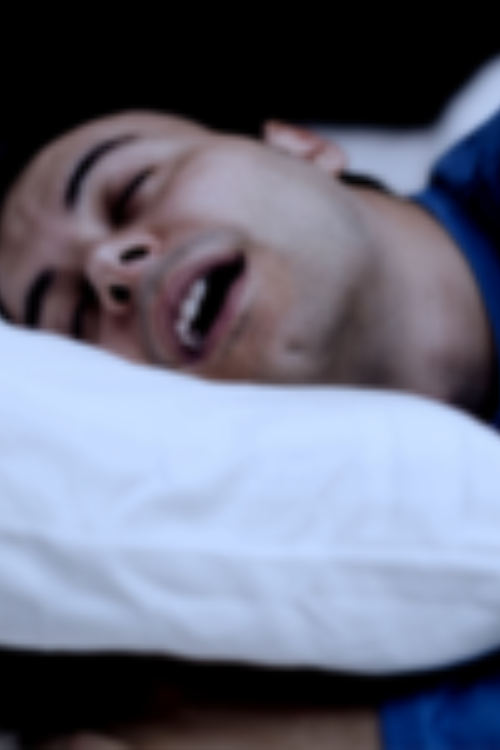
Symptoms And Signs
- Snoring
- Grinding
- Nasal Congestion or Blockage
- Migraines/Headaches
- Frequent cold/cough/throat ache
Obstructive Sleep Apnea Among children
Obstructive sleep apnea (OSA) in children is a sleep disorder where breathing repeatedly stops and starts during sleep due to obstructions in the upper airway. Common causes include enlarged tonsils or adenoids, obesity, and anatomical abnormalities. OSA can disrupt sleep, leading to daytime sleepiness, behavioral problems, and difficulty concentrating. Untreated OSA can also affect growth, learning, and heart health, highlighting the importance of early diagnosis and treatment.

Symptoms And Signs
- Snoring
- Grinding
- Nasal Congestion or Blockage
- Migraines/Headaches
- Frequent cold/cough/throat ache
How sleep apnea occurs and its complications
How Sleep Apnea Occurs
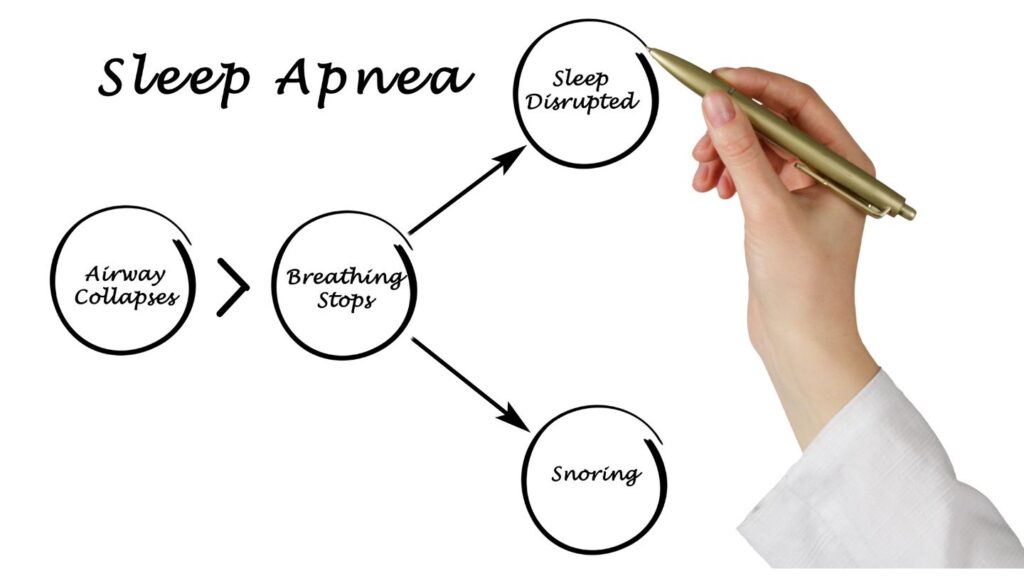
obstructive sleep Apnea - Complications
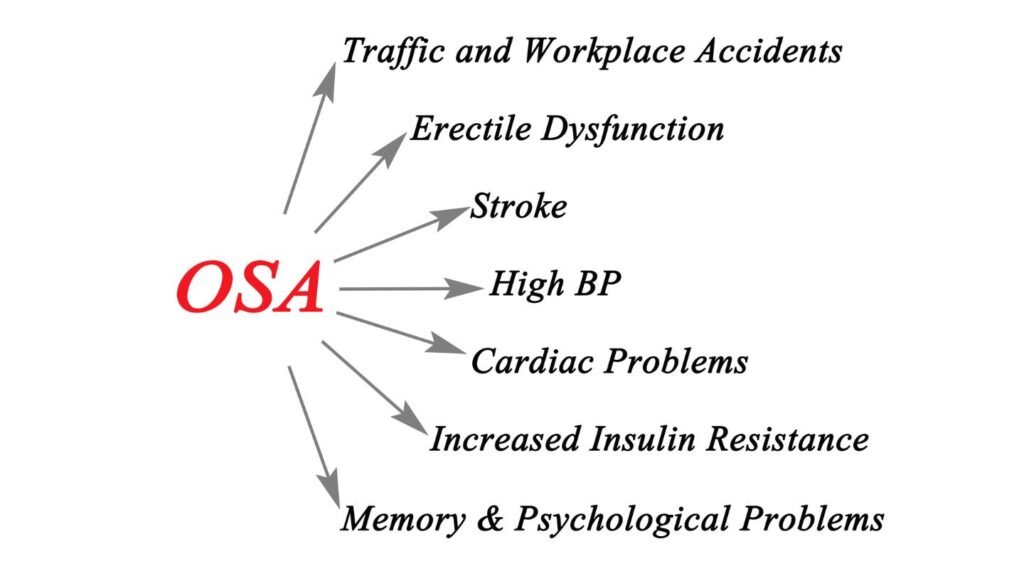
Upper airway resistance syndrome.
In UARS, there is restriction or resistance to airflow through the upper airway, especially through the nose. In UARS, a decrease in nasal airflow will be 50% which leads to frequent awakening during sleep. This is an event that happens just before sleep Apnea High Vault will also be there in association with nasal airway resistance. Since the roof of the mouth is the floor of the nose, by expanding the upper jaw nasal floor widens which enhances the airflow through the nose.
Role of orthodontist in airway management
An orthodontist plays a key role in airway management as 90% of airway obstruction occurs behind the maxilla & mandible in the region of the soft palate & tongue. An airway-focused orthodontist can diagnose with the help of a CBCT Scan, & treat airway, breathing & sleep disorders due to obstruction by expanding the upper jaw with MSE (adults) and RME (Children) which increases nasal volume and makes sleep better. Therefore establishment of nasal breathing with proper development of the maxilla provides sound sleep. Most of chronic diseases are greatly influenced by the airway, breathing, and sleep. This is the missing link for the treatment of chronic diseases.
ADULT SLEEP APNEA SYMPTOMS
- Snoring
- Grinding
- Nasal Congestion or Blockage
- Migraines / Headaches
- Frequent cold/cough/throat ache
- Disturbed sleep
- Cervical/Neck pain
- Shoulder Pain
- Gasping for air/choking / snorting during sleep
- Sleepy during the day.
- Chronic Fatigue
- Acidity/Burping
- Breathlessness
- Increased body temp /Excursion sweating
- Insomnia.
- Anxiety / moody/Depression
- Impotence
PEDIATRIC SLEEP APNEA SYMPTOMS
- Snoring
- Grinding
- Mouth breathing
- Toss/turn/kick their legs during sleep
- Frequent awakening
- Sleep Talk
- Sleepwalk
- Bedwetting
- Headaches.
- Enlarged adenoids
- Enlarged tonsils
- Restless leg syndrome
- Night mares
- Sleepy during the day
- Acidity /Gerd
- Allergies/ sneezing
- Frequent cold/cough/ throat ache
- Fatigue / tiredness
- Lack of concentration
- Difficulty in focussing
- Skin allergies
- Hyper activity
- Learning disability
- Aggressive nature
OUR TREATMENT PROCEDURES
1) CONSULT WITH AIWARY FOCUSED ORTHODONTIST
2) CBCT SCANNING
3) SLEEP STUDY
4) MANDIBULAR ADVANCEMENT APPLIANCES
5) MSE – MAXILLARY SKELETAL EXPANDER
Treatment procedures

Step One
Clinical Examination
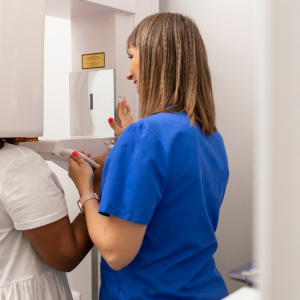
Step Two
CBCT (cone beam computed tomography) Scan. This scan shows details of bones and soft tissues which provide accurate measurements including the jaw size and shape, airway obstruction, nasal septum deviation, turbinates hypertrophy, enlarged adenoids, and airway volume.
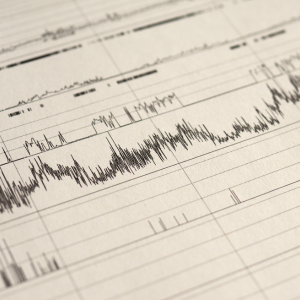
Step Three
sleep study
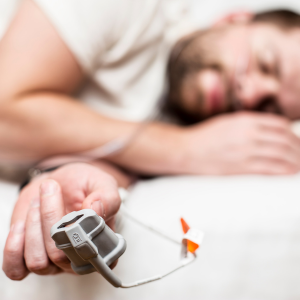
Step Four
Diagnosis, & Treatment plan & procedure : The goal of maxillary expansion is to enlarge the nasal airway with the separation of mid-palatal suture resulting in a reduction of nasal resistance. This expansion can be achieved with the help of MSE (adults) and RME (children

Step Five
Braces treatment After maxillary expansion, the final aesthetic correction of teeth can be done with Damon self Ligating brackets to co-ordinate the upper & lower arches into a final occlusion
MSE (Maxillary skeletal expander) MSE widens the nasal cavity and nasal floor. It decreases the resistance to airflow through the nose and improves nasal breathing. MSE expands the upper arch & creates more space for the tongue to occupy & helps the tongue to move forward & opens up the lower pharyngeal airway space.
RME – Rapid maxillary Expander Since the bone density of young children (below 11 years) is less we can expand
the maxilla very easily with a simple RME appliance that increases nasal volume.
Conclusion
We aim to keep our patients switching mouth breathing to nasal breathing which thereby enhances their sleep architecture and chronic illnesses associated with that can be cured. Our motto is to provide functional and aesthetic correction for patients without surgery and ensure a better quality of life.
FAQ
What is an oral appliance for sleep apnea?
If the upper jaw is constricted and narrow,MSE(maxillary skeletal expander) is used to expand the upper jaw,which facilitates nasal breathing.If lower jaw is retro positioned,which again obstructs the airway.So mandibular advancement oral appliance is used to bring the the lower jaw forward .In sleep apnea treatment both of these appliances are used to prevent airway obstruction, reduce snoring and apnea episodes.
How is sleep apnea diagnosed?
First you need a CBCT scan.From CBCT scan you can measure the airway volume, you can find out where the airway restriction is more, you can measure the size and position of the upper and lower jaw, nasal floor width,adenoid and turbinate hypotrophy.Another method is sleep study.
what is Rapid Maxillary Expansion treatment ?
Rapid Maxillary Expansion is a dental treatment used to widen the upper jaw (maxilla). RME is often used to treat issues like a narrow palate, which can contribute to obstructive sleep apnea, crooked teeth, and other dental or airway problems. RME can be used to children under 10 years only.
